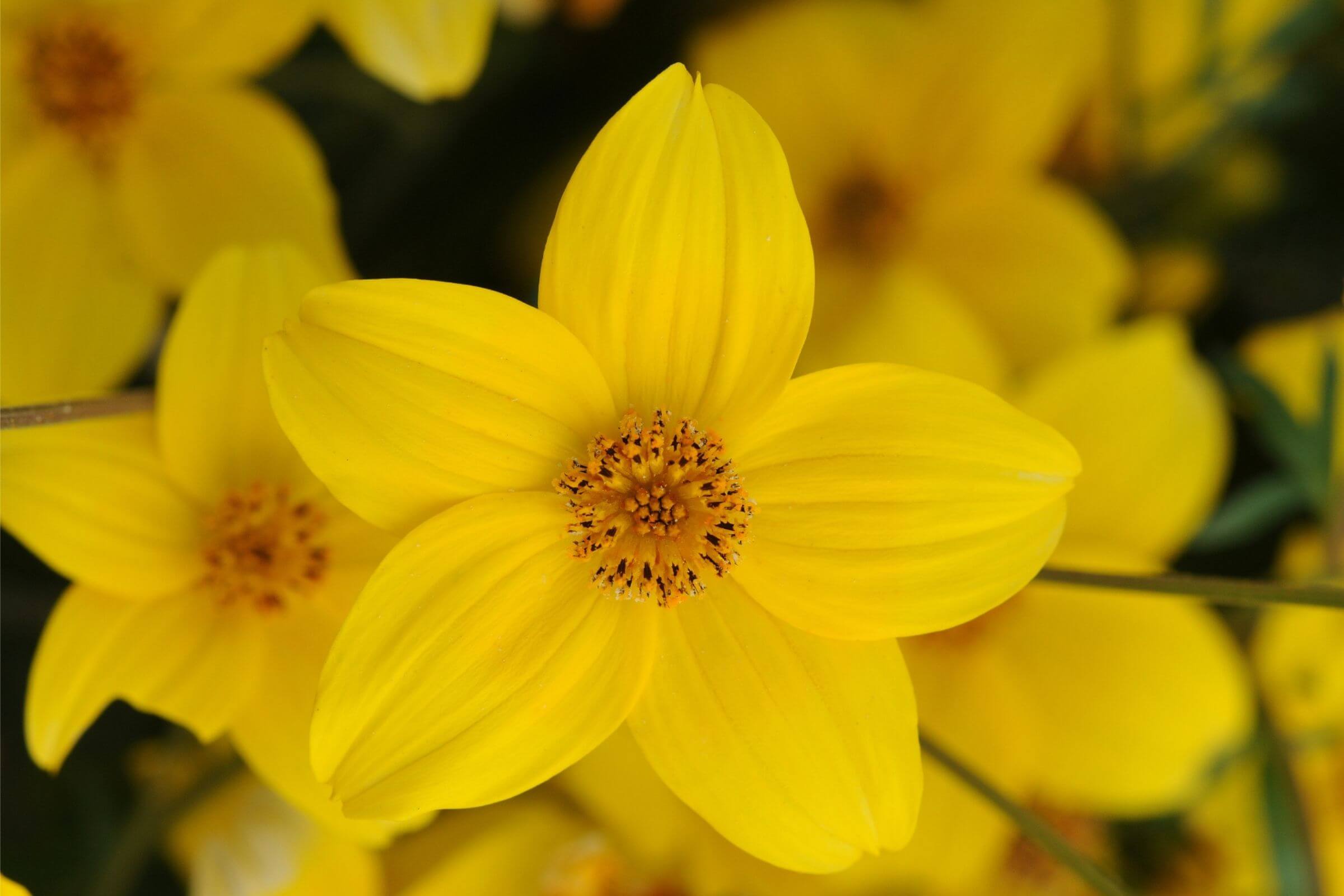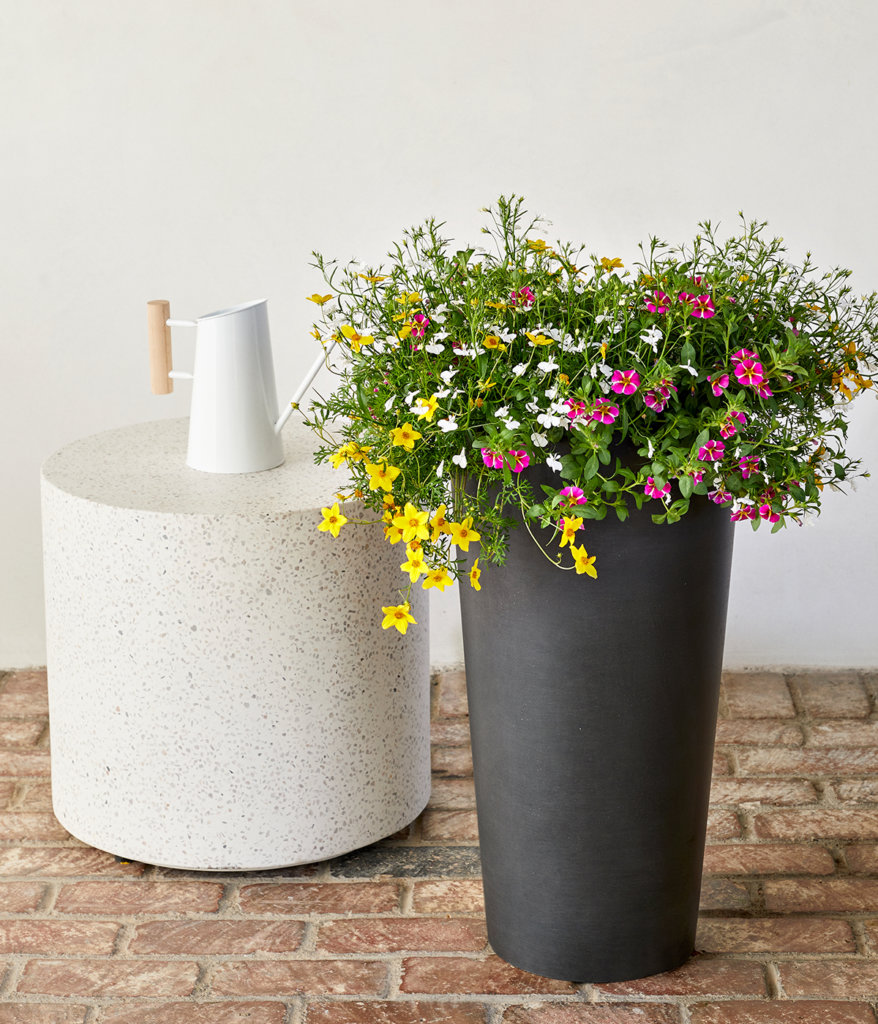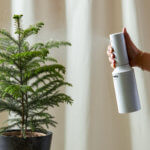Porch + Patio Plant Care
Gardener’s Guide: What’s the Difference Between Annuals and Perennials?

As you’re planning your outdoor garden, you’ll often come across the terms ‘annuals’ and ‘perennials,’ but what’s the difference? As the foundation of colorful outdoor gardens, annual and perennial flowering plants are often commonly mistaken for one another. Because their blooms and foliage can look similar, this can certainly lead to confusion and frustration if you aren’t familiar with them.
Knowing the benefits and drawbacks of annuals and perennials can help you determine your outdoor plant needs so that you can effectively plan and grow a beautiful, timeless garden.
At Bloomscape we aim to provide all gardeners — from the novices to the experts to everyone in between — with the information they need to grow healthy, thriving yards. Keep reading to learn more about the basics of annuals and perennials, plus care tips, popular species, and the pros and cons of each plant type.
What’s the Difference Between Annuals and Perennials?
The terms ‘annual’ and ‘perennial’ refer to the plant’s life span, or the amount of time it takes a plant to grow from seeds to eventually produce seeds of its own. Annual flowers root, bloom, produce seeds, and die all within the same growing season, which typically spans spring through fall. Perennials, on the other hand, regrow every spring for between two and five years (or longer) and produce flowers for much shorter blooming periods.
While herbaceous perennial flowers typically die come winter similar to annuals, perennials will sprout year after year again in the early spring from the same root system. With the exception of a few self-sowing varieties that drop their seeds, annuals generally will not regrow the next season unless you collect their seeds at the end of the season and replant them the following spring.
Even though annuals die off at the end of the season, their blooming season often lasts for multiple months whereas some flowering perennials can begin to fade within one to two weeks.

Our Take on Annuals
Annual plants provide the high-impact seasonal color that brings spring and summer gardens to life. They tend to grow quickly and produce dynamic, showy blooms that last well into late summer or even early fall.
While their life cycle only lasts one season, you can deadhead the flowers to prevent seed formation, which involves removing the spent or dead blooms from the plant. This practice essentially tricks the plant into increased flower production and creates blossoms well into fall.
Plus, since annuals only stick around for one season, they allow you to experiment with color schemes and patterns each season without making any long-term commitments.
And while annuals die at the end of each growing season, you can collect the seeds at the end of the season and replant them come spring. Overall, Bloomscape recommends annuals for anyone, particularly for new gardeners, who are looking for long-lasting colorful plants to brighten any porch or patio.
Caring for Annuals
Always be sure to read the flower label carefully and plant your annuals in an ideal spot — some prefer 6–8 hours of full sun, while others prefer full shade. After planting your annuals in their new seasonal home, water deeply to help the roots take hold. Water consistently and more frequently during periods of drought. Be sure to fertilize regularly based on your plants’ specific needs.
Popular Annuals
Our favorite annual flowers and foliage include Impatiens, Petunias, Begonias, Dahlias, Geraniums, Persian Shield, Helichrysum, and Coleus. Other popular annuals are Chrysanthemums, Marigolds, Pansies, Ranunculuses, and Sunflowers.

Our Take on Perennials
Due to their longer life cycle and seasonal hardiness, these lush plants often serve as the backbone of many outdoor gardens. Once established, they tend to require less water and day-to-day maintenance compared to blooming annuals. They’ll also last through winter and provide some semblance of a garden throughout these colder months.
However, patience is key when growing perennials. They may be a bit lackluster the first year or two as they take root, and will only flower for one season each year. Depending on your chosen species, perennials may require more seasonal upkeep since their foliage will stick around throughout the year.
Caring for Perennials
For best results, these types of plants should be planted in spring or early fall. Be sure to select a perennial that’s well-suited to your climate so that it can survive winter, and heed the care instructions when selecting a gardening plot.
Popular Perennials
Common perennial flowers include Black-Eyed Susans, Daylilies, Salvias, Coneflowers, Lavender, and Peonies.
Looking for More?
Check out our Porch + Patio Plant Care blog for more tips and tricks for outdoor gardening.










